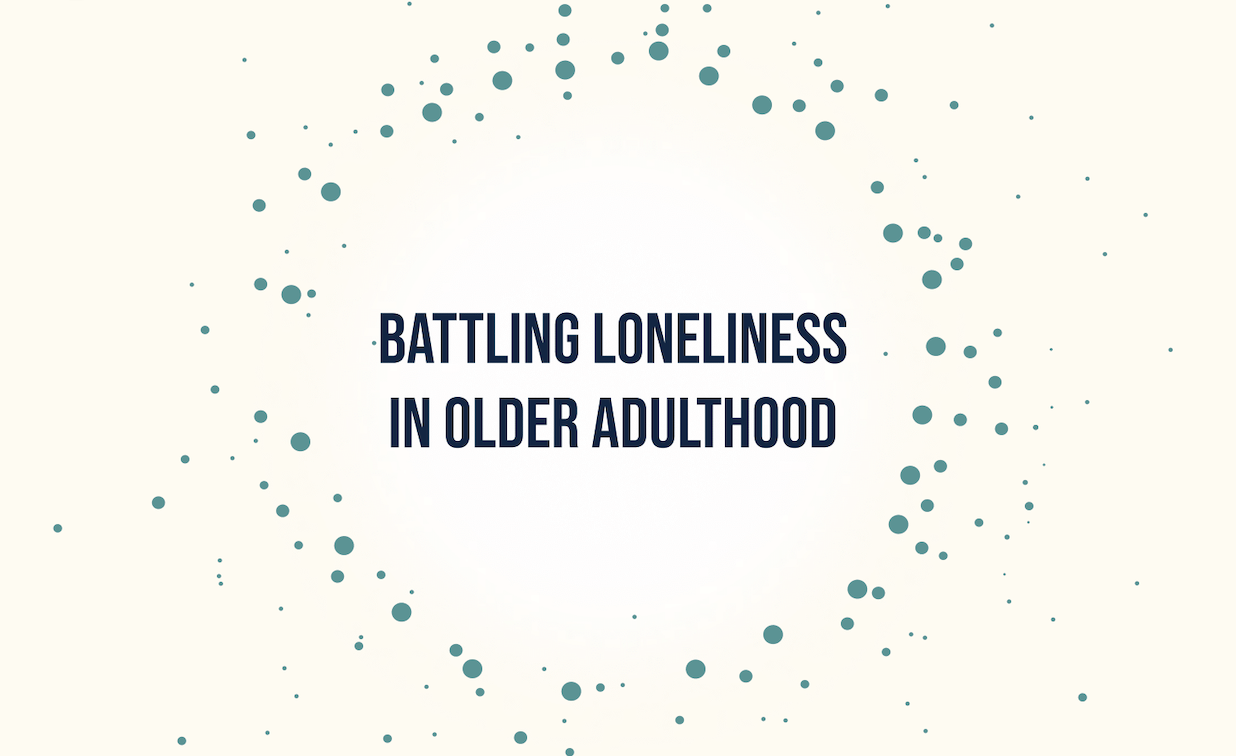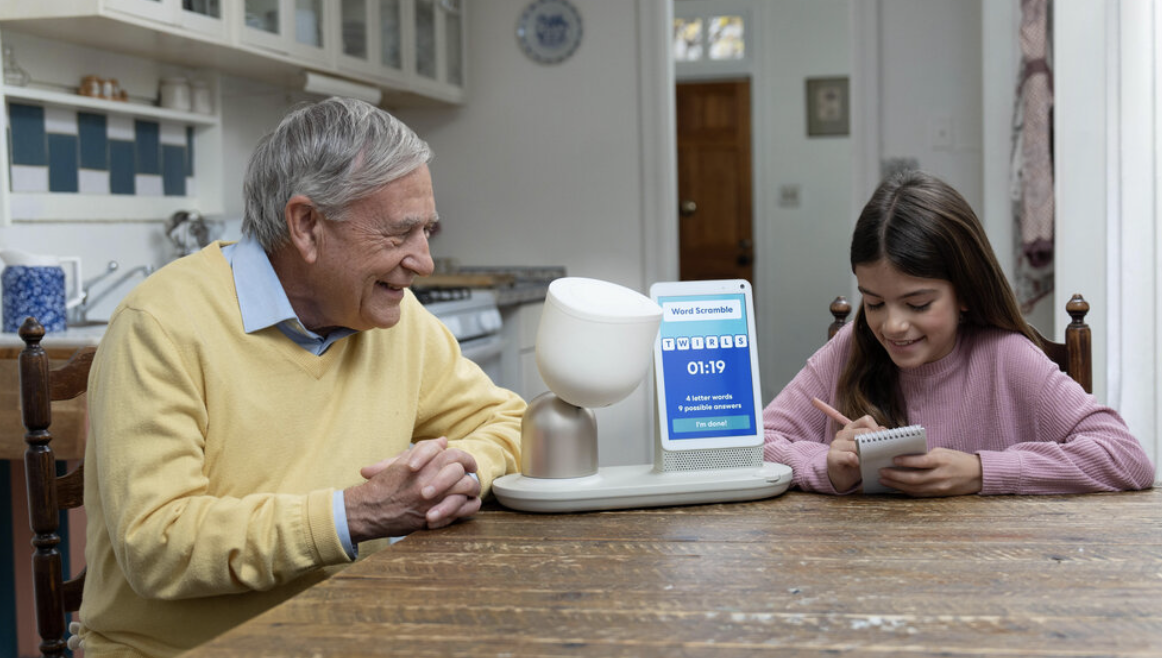How to Measure Loneliness
November 7, 2022 by Grace Andruszkiewicz
Loneliness is one of the hottest topics in healthcare - and in our society more broadly! Technically classified as an epidemic, loneliness has major health implications, including (but not limited to) increased risk of stroke, depression, dementia, and even premature death. Unlike cholesterol, loneliness can be very tricky to diagnose, treat, and measure over time. Let’s dig in and learn more.
Let’s start with a definition
Psychology Today defines loneliness as “the state of distress or discomfort that results when one perceives a gap between one’s desires for social connection and actual experiences of it.”
Some use the terms “lonely” and “socially isolated” interchangeably, but it’s important to know that not all lonely people are socially isolated and not all socially isolated people are lonely. You could feel alone in a room full of people (that’s loneliness) and you could feel socially fulfilled at home by yourself (that’s isolation).
Diagnosing Loneliness
There is a stigma attached to loneliness, which inherently makes it less likely for people to come forward or bring up the topic with their loved ones or physicians. There are also many similar or related mental health conditions like depression and social anxiety that also could be either involved in addition to loneliness or confused with loneliness.
How can you tell if your parent or older loved one is lonely? The signs are different for every person, but some common indicators include:
- Pulling away from family and friends, declining phone calls and messages
- Surface level conversation or deflecting away from serious topics
- Self-esteem issues or self-deprecating humor
- Low energy, lack of motivation, exhaustion
All in all, diagnosing loneliness can be extremely challenging, but there are some key behaviors to note if you suspect someone in your life is experiencing loneliness.
Treatments for loneliness
Unfortunately, there is no antibiotic or silver bullet that can cure loneliness overnight. There are a myriad of ways to improve social health, but the solutions need to be personalized to the individual. Setting social health goals is a great way to start, whether the individual wants to strengthen connections with family, friends, or within their community. In severe cases, there may also be resources, programs, or therapies that can help. For those experiencing loneliness, be sure to see a primary care physician to discuss your needs and the best treatment.
Measuring and Tracking Loneliness
Many physical medical conditions are binary - either you are diagnosed with [fill in the ailment here] or you are not. But each individual has a unique experience and perspective, which makes measuring something subjective like loneliness difficult.
That said, the UCLA Loneliness Scale was the first measure to achieve widespread acceptance among the scientific community in 1978. It has been revised several times over the years, and now includes 20 questions and a point value system to measure a score.
Measuring the Efficacy of ElliQ
The UCLA Loneliness Score is the primary tool that the ElliQ User Research team uses to measure the efficacy of our product. In fact, our 2022 Impact Report outlines the full results of our optional customer survey, but a few key highlight included:
- 85% of respondents felt an increased sense of companionship after getting ElliQ
- 80% experienced a decrease in loneliness
- 82% felt that ElliQ helped them stay more mentally active
- 90% said that ElliQ made them feel better
Conclusion
If you’re worried about a loved one that may be experiencing loneliness, take action! The UCLA Loneliness Scale is something that anyone can conduct at home. Depending on the results, you may want to visit a doctor, schedule more frequent social visits, or consider a solution like ElliQ to help reduce loneliness.
Enjoy healthier, happier days at home with ElliQ.
ElliQ is the perfect digital care companion.
Free DemoRecent posts
.png)
The benefits of an AI-driven social robot for area agencies on aging
by Intuition Robotics Team

